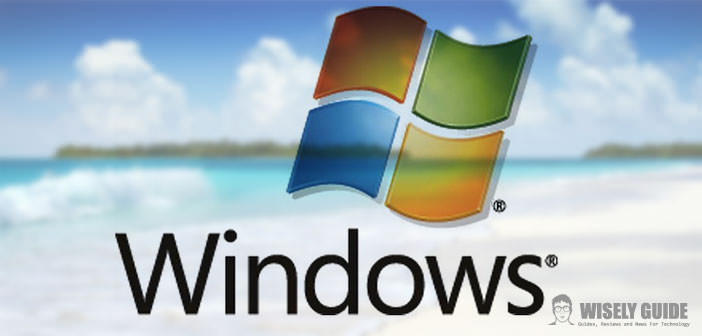It is vital to know the extension of its files in order to work with them in the best way and without hindrances: display is simple and immediate, and you can also customize the settings on your computer, so you can see or not see permanently these properties.
The extension of a file is its very important property, which often determines its ability to be loaded on some Internet sites (some are allowed only certain extensions), to be opened or modified with a specific program, or impair its functioning more correct. Now let’s see how to display the file extensions on Windows.
1.) Usually, the initial settings of any Windows platform are set to display at the end of the file name in the folder, the file extension. So we will meet, for example, files such as Beethoven. Mp3, clipboard, PDF and so on. Often, it is annoying that every name contains the extension, where you might want to view only the original filename. To do this, simply log on from any folder, the Tools button from the top bar, then click Folder Options from the drop-down list.
2.) After opening the new window Folder Options, select Let’s display, the second card of the four higher. In the box below, Advanced Settings, insert the check to Hide extensions for known file types: confirming this option with the OK button, Windows will show us (except for files with unknown extension) only the original names and no more the suffix with the extension of each individual element. Keep ticked this box is very useful for everyday use more immediate folder, which will be much more orderly.
3.) Also, if the Details window on the left of the folder is enabled, by clicking on the file it also will show its extension; What’s more, by right-clicking on the item and choosing Properties from the popup menu, the frame of the same name will tell the file extension. Even with this option turned on, you can view the extensions easily without having to uncheck the box before mentioned. When we are in a folder, moving the mouse over a file, a small yellow window will open showing the basic information including the extension.

